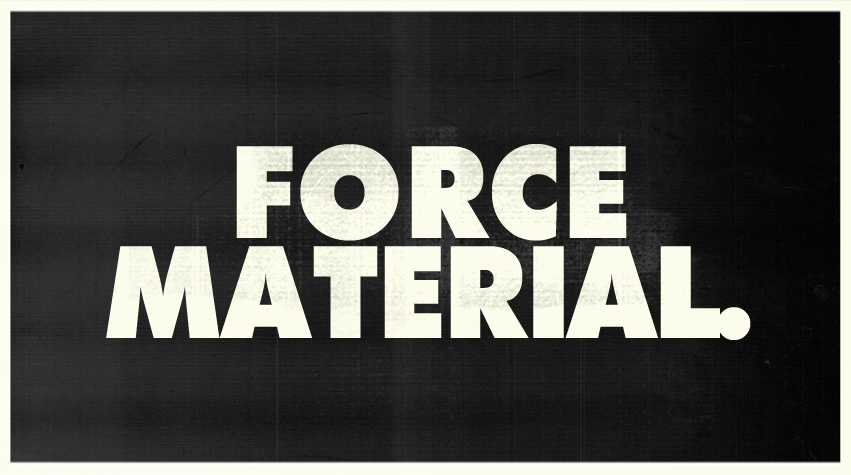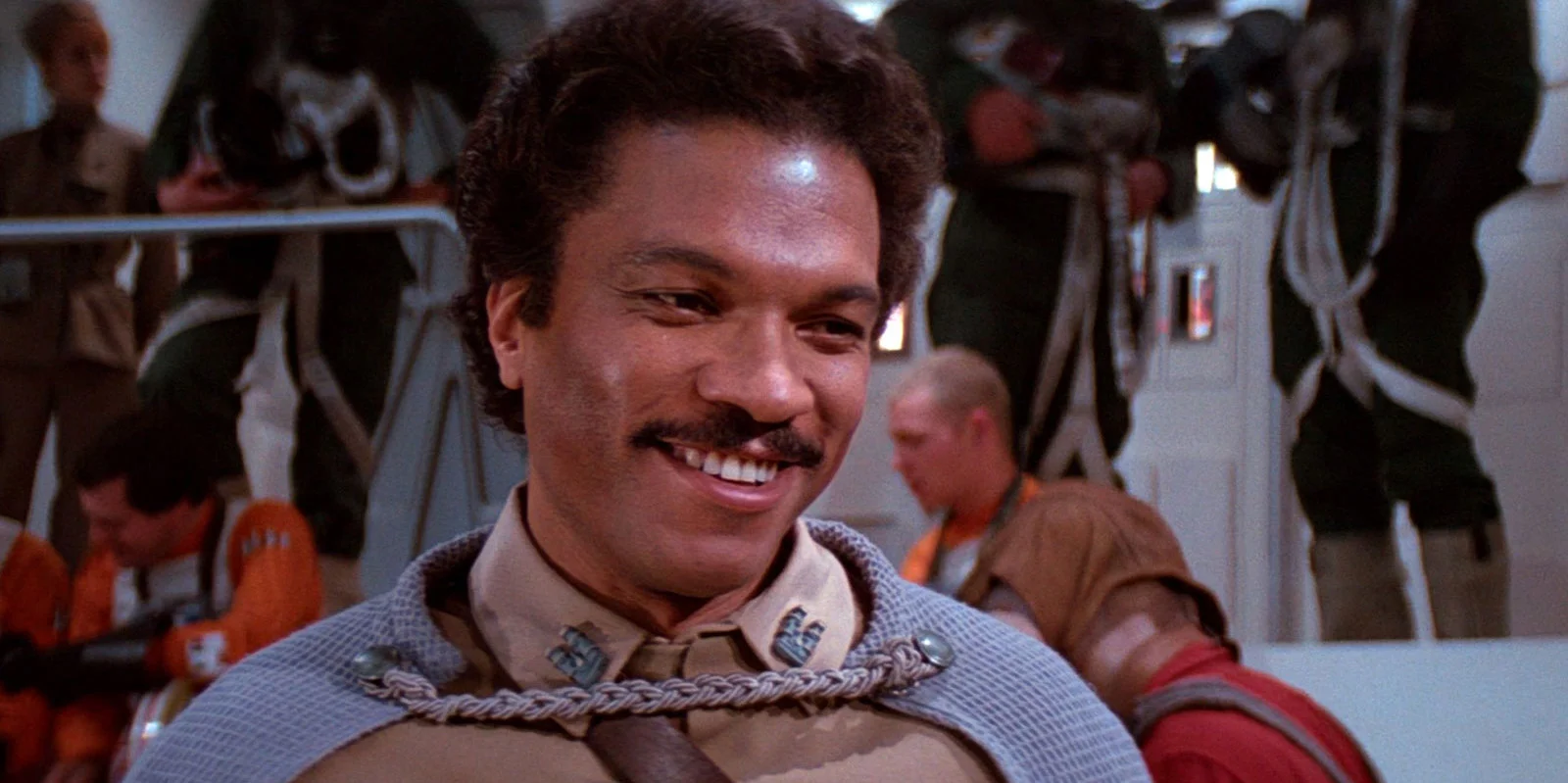Six ways Valerian (might have) influenced Star Wars
When Luc Besson’s sci-fi epic Valerian and the City of a Thousand Planets hits screens in 2017, don’t be surprised if it looks a little familiar.
Besson's new film is based on writer Pierre Christin and artist Jean-Claude Mézières' comic strip Valerian and Laureline, which ran in French comics magazine Pilote from 1967 to 2010, an incredible run of fantastic, fast-paced sci-fi adventure.
Valerian is a Spatio-Temporal Agent working for the Terran Galactic Empire in the 28th century. When he travels back to medieval France on a mission, he teams up with a young peasant, Laureline, who ends up travelling back with him to the 28th century to be trained as a Spatio-Temporal Agent.
Together, Valerian and Laureline journey to far-flung times and otherworldly landscapes, encountering bizarre cultures and finding their way out of one cliffhanger after another.
Spatio-temporal agents and galactic empires are straight out of the work of Isaac Asimov, and the relationship between seasoned time traveller Valerian and his companion Laureline might even put you in mind of Doctor Who, but it's the impact of Mézières' art on Star Wars that has assured the strip's continued notoriety.
George Lucas has never discussed the influence of Valerian and Laureline on his work, and nor has anyone else who's worked on the films. You won't find any mention of this French comic in any official Star Wars text.
But Christin and Mézières — and plenty of comics and film fans — have no doubt about the role they played in the development of the saga.
Comics publisher Kim Thompson discussed the similarities in his introduction to Valerian: The New Future Trilogy, one of the first English translations of the comic.
"In 1977 Mézières sat down in a movie theater to enjoy a new movie called Star Wars and was astonished to see how many of the designs and concepts — and, indeed, the whole motif of a lived-in, funky future — seemed awfully familiar," Thompson wrote.
"Polite inquiries to the Lucas camp went unanswered, but over the years word leaked back that the Star Wars designers (some of them French) had indeed maintained a nice collection of Valerian albums."
It should be noted here that, contrary to Thompson's claim, there don't seem to have been any French designers who worked on Star Wars. (Doug Chiang, who served as the design director for The Phantom Menace and Attack of the Clones and a concept artist on The Force Awakens, isn't French but is rumoured to be a Valerian fan, though this claim seems to be apocryphal.)
With the Valerian series finally being reprinted in full in English by Cinebooks (the first 12 volumes are available now on Comixology), now's as good a time as any to take a look back at the elements of Star Wars that were supposedly inspired by Christin and Mézières.
Is the inspiration real, or just wishful thinking? You decide — because George Lucas sure ain't saying.
Princess Leia's bikini
At first glance, the slave-girl outfit that Laureline is forced to wear in The Land Without Stars (1972) certainly seems to have been an inspiration on the costume worn by Princess Leia in Return of the Jedi.
But it's not that straightforward. At the very least, Laureline's outfit wasn't the only influence on Leia's, because in an interview with Wired, Return of the Jedi costume designer Aggie Guerard Rodgers says she was "inspired by the work of artist Frank Frazetta", and doesn't mention Valerian.
Here's Frazetta's Egyptian Queen, via Art History Archive:
And here's Frazetta's take on Dejah Thoris in A Princess of Mars, also via Art History Archive:
The Millennium Falcon
There's certainly a similarity between the look of the Falcon and the look of Valerian and Laureline's ship, the XB982 — mostly because the viewport at the rear of the XB982 looks a bit like the Falcon's rear-thrusters.
Ironically, Lucas rejected the original design of the Falcon (which ultimately became Princess Leia's ship, the Tantive IV) because it looked too much like the Eagle Transporters in the TV series, Space: 1999.
Both the Falcon and the XB982 are saucer-shaped — but then, so was virtually every space ship in every '50s sci-fi film. Indeed, Lucas' suggestion to designer Joe Johnston was simply to "think of a flying saucer"; Johnston added the Falcon's offset cockpit and the rear thrusters because he didn't want to mimic a "basic flying saucer".
Darth Vader unmasked
In Empire of a Thousand Planets (1971), a member of The Enlightened — seemingly sinister religious figures who have Valerian at their mercy — removes his helmet and reveals a familar visage.
It's obviously tempting to see this as the inspiration for the burned face of Anakin Skywalker, although this could just as easily have been inspired by Fantastic Four villain Doctor Doom.
The clone army
In a particularly mind-bending Valerian and Laureline story, On the False Earths (1977), an army of Valerian clones is created for a unique mission.
It's important to note here that the Clone Wars are mentioned in A New Hope, also released in 1977, so with the difference in lead times between films and comics, there's virtually no way the initial mention of clones in the Star Wars universe could have been influenced by Christin and Mézières.
The exact nature of the Clone Wars wasn't revealed until Attack of the Clones in 2002, however, so the idea of the clone army in that film could still have been lifted from Valerian and Laureline.
Watto
With his wings and elongated snout, everybody's favourite Toydarian bears a strong resemblance to the Shingouz, a race of greedy information brokers introduced in Ambassador of the Shadows (1975).
Watto was designed by Doug Chiang, the concept artist mentioned above that Mézières claims is a Valerian fan.
Han Solo in carbonite
I've been a bit skeptical of some of the supposed connections between Valerian and Star Wars, but it certainly seems as though one of the most iconic images in the original trilogy has its roots in Christin and Mézières' comic.
In Empire of a Thousand Planets (1971), Valerian finds himself frozen in liquid plastic — and although he is able to retain consciousness, it's virtually impossible not to see the influence here.
Of course, Valerian didn't invent the concept of suspended animation — it's a popular trope in the animated Disney classics that Lucas grew up with, for instance — but c'mon.
Mézières went on to make his (credited) mark on the film industry by working on Besson's The Fifth Element, but was said to be "furious" about the similarities between Valerian and Star Wars. Twitter user @TheShrillest found this cartoon Mézières contributed to Pilote in 1983.
“Funny to see you here!”, says Leia, to which Laureline responds: “Oh, we’ve been coming to this club for a long time!”
Christin, on the other hand, tends to look at the bigger picture. Late last year, German newspaper Die Welt interviewed Christin about the role he may have played in the development of Star Wars — here's what he had to say, via Europe Comics.
“My first reaction was not anger… I was thrilled," Christin said.
"I watched the film in one of the local cinemas of the Parisian quarter of Montparnasse, where I live. Star Wars was the science fiction film I had been waiting to see. Besides a few exceptions, the other films of the genre were mediocre at best, particularly when it came to the visual effects.
"I instantly felt connected with Star Wars because of the number of intersections and parallels with our comic strips. George Lucas had created complex worlds, just as we had. Like us, he had staged the functioning of societies from within, although Star Wars focussed perhaps a bit more on the struggle between good and evil. In this respect, Valerian was more European, more intellectual.
"For my part, this comes from my fascination for science fiction novels by authors like Isaac Asimov and Ray Bradbury. I am sure George Lucas has read Asimov as well. That’s how it goes in sci-fi: It’s all about copying from one another.
"Or, in other terms: You borrow something from someone else and develop it further.”
If you'd like to explore the world of Valerian, but you're not sure if you want to commit to the entire series, I'd actually recommend starting with the second volume, Empire of a Thousand Planets, which is heaviest on the Star Wars parallels.
Luc Besson's Valerian and the City of a Thousand Planets will be released on July 21 2017.
Force Material is a podcast exploring the secrets and source material of Star Wars with hosts Rohan Williams and Baz McAlister. Listen and subscribe on iTunes, Spotify, iHeartRadio, TuneIn, Stitcher, PlayerFM and Castro; stay in touch with us on Facebook, Twitter and Instagram; and support the show by browsing our range of shirts, hoodies, kids apparel, mugs and more at TeePublic.























